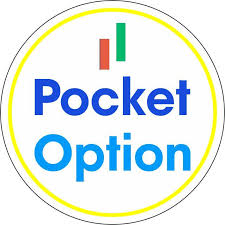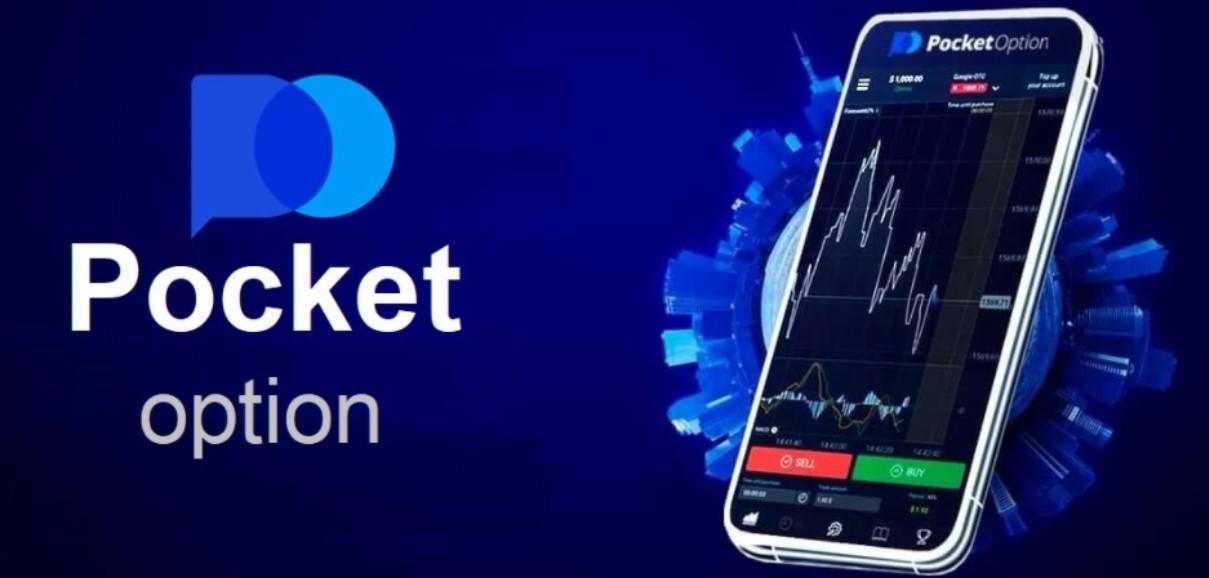
Pocket Option Fees: A Comprehensive Overview
Pocket Option is a popular online trading platform that enables users to trade various financial instruments. Understanding Pocket Option Fees frais de Pocket Option is crucial for traders to maximize profits and minimize trading costs. In this article, we will explore the different types of fees associated with Pocket Option, including deposit and withdrawal fees, trading fees, and other costs that traders might incur. We will also discuss how these fees can impact your trading experience and provide tips for managing them effectively.
1. What Are Pocket Option Fees?
Pocket Option fees refer to the various charges that traders may encounter when using the platform. These fees can vary depending on the type of transaction you’re making, whether it’s depositing funds, executing trades, or withdrawing profits. Being aware of these charges is essential for effective financial planning and strategy development.
1.1 Types of Fees
When trading on Pocket Option, users may encounter the following types of fees:
– **Deposit Fees**: Some payment methods may involve a fee when funds are transferred to your trading account.
– **Withdrawal Fees**: Fees may apply when you withdraw funds from your Pocket Option account to your bank or e-wallet.
– **Trading Fees**: While Pocket Option does not charge a traditional commission on trades, there may be other costs related to the spread and slippage.
– **Inactivity Fees**: If an account remains inactive for a certain period, Pocket Option may impose a fee to maintain the account.
1.2 Why Are Fees Important?
Fees can significantly affect your overall trading profitability. Even small costs can add up over time, particularly for frequent traders. Identifying and understanding these fees helps traders make informed decisions on how to manage their capital effectively.
2. Deposit Fees on Pocket Option

When you deposit funds into your Pocket Option trading account, it’s essential to know whether any fees are involved. Here are the main payment methods and their associated costs:
– **Bank Transfers**: Usually free, but may involve charges from your bank.
– **Credit/Debit Cards**: Typically do not incur fees, but it’s advisable to check with your card provider for potential charges.
– **E-wallets**: Services like Neteller and Skrill generally have low fees for deposits.
2.1 How to Minimize Deposit Fees
To minimize deposit fees, consider using payment methods that Pocket Option does not charge for. E-wallets might offer lower fees compared to traditional banking options. Additionally, watch for promotions that Pocket Option may offer, which could help reduce or eliminate deposit costs.
3. Withdrawal Fees
Withdrawing your earnings is an exciting part of trading, but it’s essential to understand the associated fees. Here’s a breakdown of withdrawal options:
– **Bank Transfers**: Usually take a longer period but might have lower fees compared to other methods.
– **Credit/Debit Cards**: Withdrawals may take longer and sometimes incur fees.
– **E-wallets**: Fastest way to withdraw funds, often with minimal charges.
3.1 Strategies for Reducing Withdrawal Fees
To minimize withdrawal fees, users should select an e-wallet if they prioritize speed and lower fees. Always review the withdrawal terms of each payment method to find the most cost-effective option.

4. Trading Fees and Costs
While Pocket Option does not impose traditional trading commissions, there are still other costs to be aware of, such as spreads and slippage:
– **Spread**: The difference between the buying and selling price, which can vary based on market conditions.
– **Slippage**: Occurs when orders are filled at prices different from the expected price, leading to increased costs.
4.1 Managing Trading Costs
To manage trading costs effectively, traders should be aware of market conditions that can widen spreads. Timing your trades and using limit orders can help minimize slippage. Additionally, utilizing the demo account can help you practice trading strategies without incurring real costs.
5. Inactivity Fees
Pocket Option may charge inactivity fees for accounts that remain dormant for a specified period. This fee serves as a reminder that regular trading activity is necessary to keep your account active.
5.1 How to Avoid Inactivity Fees
To avoid inactivity fees, set a schedule for your trading activities, even if you are not actively investing. By logging in to your account regularly and executing at least minimal trades, you can keep your account active and avoid unnecessary fees.
6. Overall Impact of Fees
Understanding Pocket Option fees is essential for all traders, as they can directly impact your profitability. By being aware of different types of fees and implementing strategies to minimize them, you can enhance your trading experience and maximize your returns.
6.1 Conclusion
Navigating the fees associated with Pocket Option requires diligence and awareness. By understanding the various charges, you can make informed decisions that help you reduce costs and improve your trading outcomes. Remember to choose the right payment methods, be strategic about your trading activities, and regularly monitor your account to ensure you minimize fees effectively. A little planning goes a long way in ensuring that your trading endeavors are as profitable as possible.
